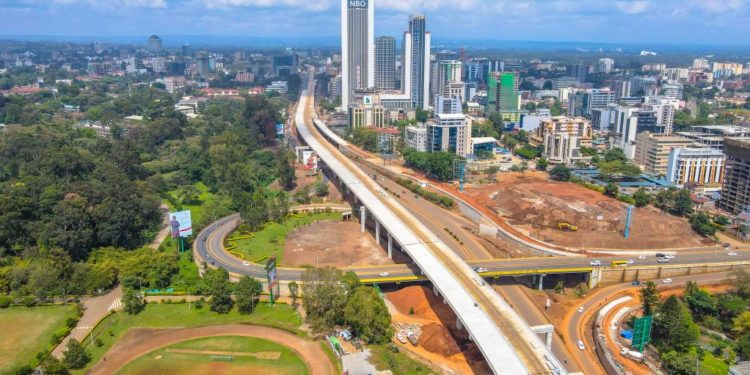Proposals to construct high-rise buildings have been put forward as a solution to the land scarcity facing Nairobi’s rapidly growing population. However, these towering structures come with a number of disadvantages that could significantly impact residents and the environment, experts warn.
The proponents of high-rise development are said to be high-profile individuals, suggesting the gravity of the issue. But while tall buildings may be an alternative, they carry a range of potential problems.
Firstly, living in skyscrapers often results in elevated expenses for residents. The construction and maintenance of these colossal edifices incur substantial costs, which are then passed on through increased rents or fees. Utilities like heating, cooling and electricity also tend to be more expensive in high-rise buildings, adding to the financial burden on occupants.
Furthermore, high-rise living can exacerbate social isolation and detachment within communities. With hundreds or even thousands of people sharing the same vertical space, neighbours may remain strangers, eroding the sense of community typically found in low-rise areas. This lack of interaction and social cohesion can foster feelings of loneliness and disconnection among residents.
Safety is another key concern. Evacuating tall buildings during emergencies can be complex and time-consuming, particularly for elderly or disabled individuals. Skyscrapers are also more susceptible to damage from natural disasters, posing increased risks to occupants and emergency responders.
From an environmental standpoint, high-rise structures leave a significant ecological footprint. The construction process consumes vast quantities of resources, contributing to carbon emissions and environmental degradation. The high population density also strains local infrastructure and natural resources, resulting in heightened pollution, congestion and pressure on public services.
Moreover, high-rise living can negatively impact mental health and well-being. Limited access to green spaces and natural light, combined with constant noise and congestion, can lead to stress, anxiety and depression among residents. The vertical nature of these buildings can also induce feelings of confinement, particularly for those on higher floors.
As cities like Nairobi continue to expand vertically, experts say it is crucial to prioritize the well-being and sustainability of urban development, ensuring that tall buildings contribute positively to human flourishing without compromising the environment.


















